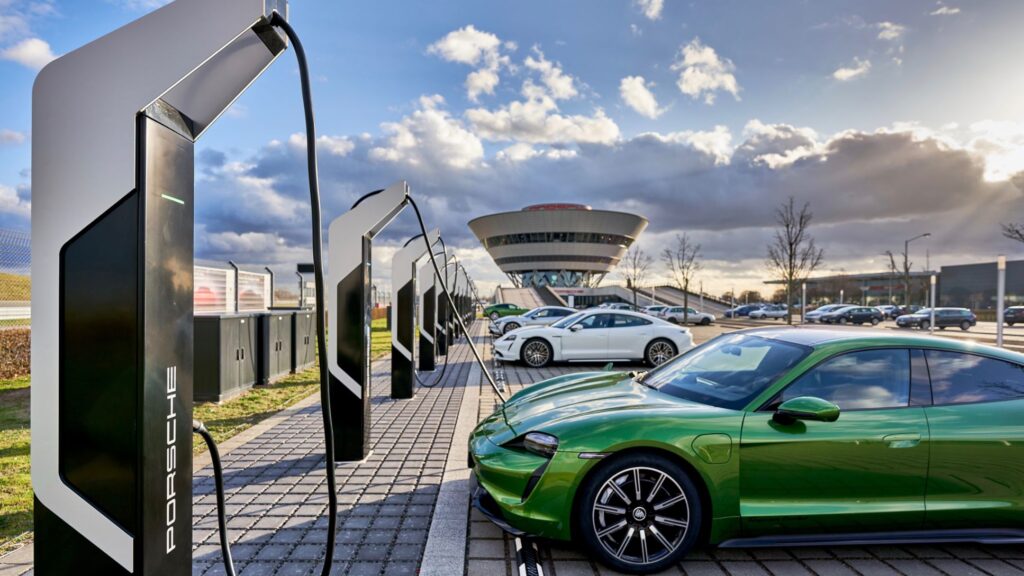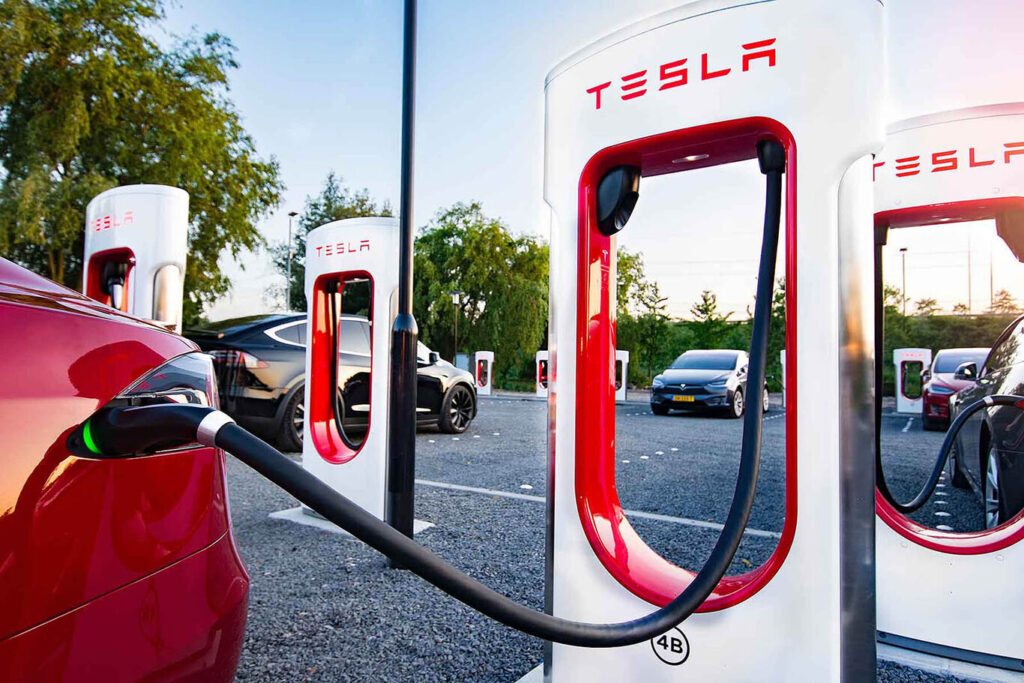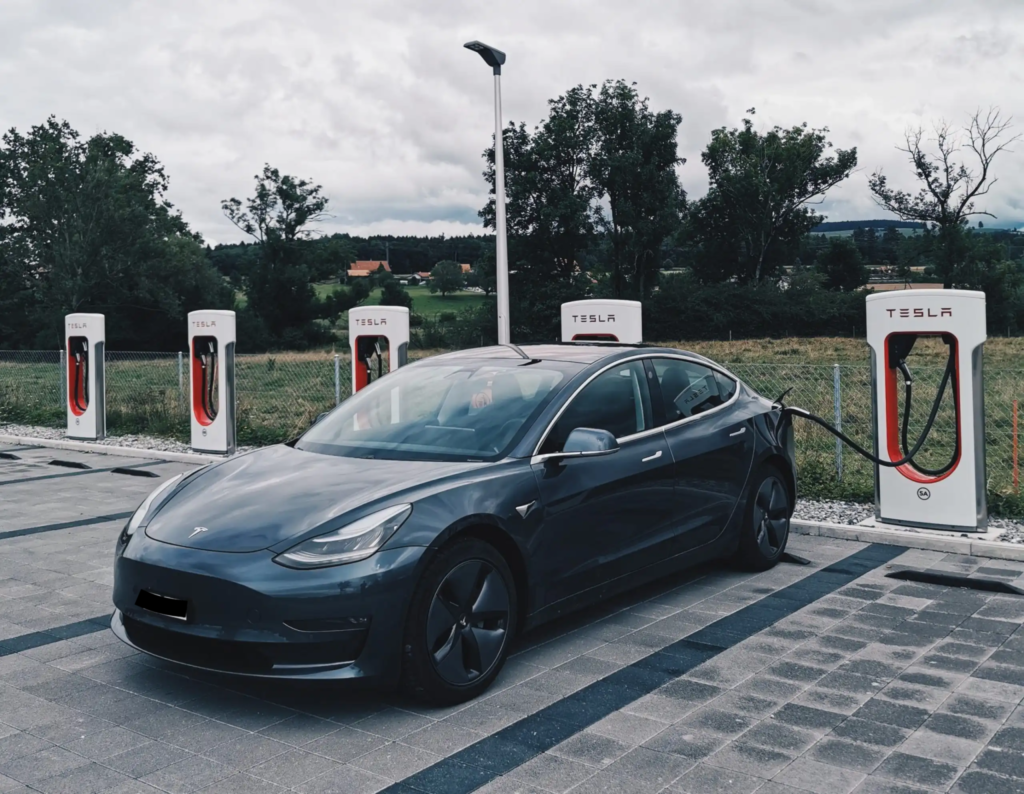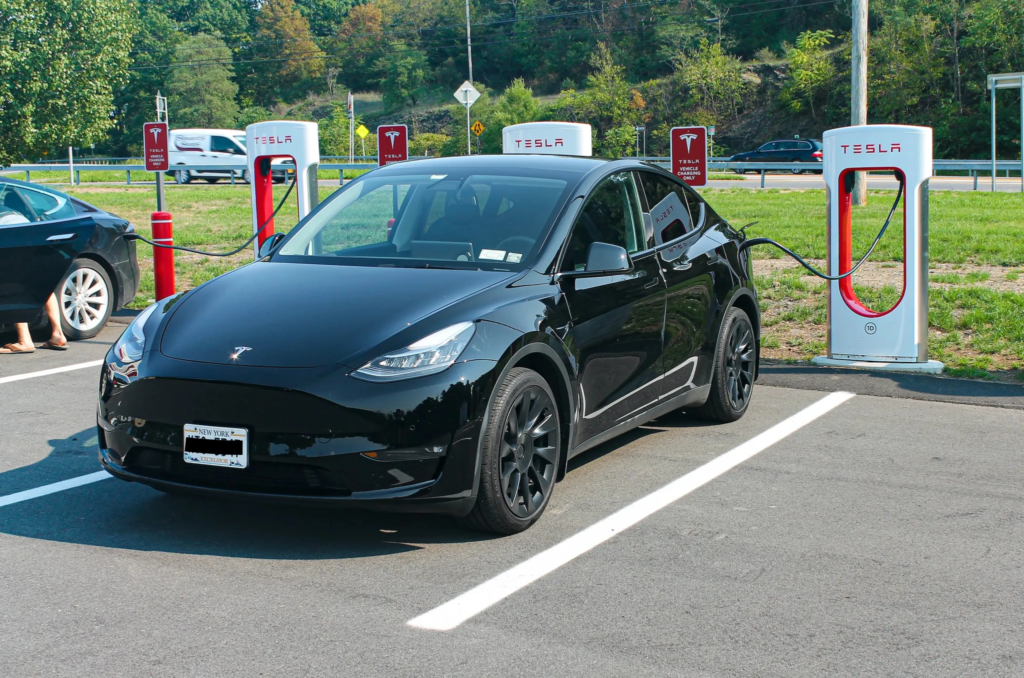Until a few years ago, the aesthetics of electric vehicle chargers did not receive significant attention. Now, the demand for this feature is on the rise.
As a result, brands are introducing increasingly impressive designs that capture the customer’s attention even from a distance.
However, two brands stand out according to Juan Pablo Gómez, CEO and founder of CertySol: Tesla and Porsche.
“Users are drawn to them, regardless of whether they own a vehicle from the same brand as that charging point,” he tells Mobility Portal Group during Genera, the International Energy and Environment Fair held at IFEMA MADRID.
What are the distinctive features of these chargers compared to others?
Vibrant colors, metallic finishes, and ample dimensions are the main reasons highlighted by Gómez.
As installers of charging stations, CertySol chooses to install those with aesthetic appeal, which in this case are from the German and American manufacturers.
Currently, Porsche is expanding its charging infrastructure in Spain by implementing over 36 stations distributed across 27 locations.
Together, these stations amount to nearly 80 chargers, each with a power of 350 kilowatts.
Meanwhile, in Spain, Tesla has over 400 chargers, of which 50 are high-power.


From a technical perspective, users increasingly value direct current devices as they enable faster vehicle charging.
However, this refueling method tends to be more expensive, and not all cars are compatible with this technology.
Elon Musk‘s company is intensifying its focus on developing higher-powered equipment.
With a global network exceeding 50,000 Superchargers, Tesla operates the world’s most extensive fast-charging infrastructure.
Superchargers allow for recharging up to 275 kilometers in 15 minutes.
Now, the company goes even further in its commitment to higher powers with the launch of its V4 charger.
This connector is part of the new generation of the company’s fast-charging stations, reaching a power rate of up to 350 kilowatts.
The first installation of this equipment in Spain took place in Tarragona, specifically at Portaventura.
All these features “set it apart from the rest.”
This success in the charging sector corresponds to a prominent leadership in the electric vehicle market.
This scenario is particularly relevant in the country, where in 2023, its Model Y became the best-selling vehicle of the year, with 6,833 registrations.
Furthermore, it remained at the forefront of 100 per cent electric vehicle sales for 11 consecutive months.
Globally, the Model Y positioned itself as the best-selling car, with 1.23 million registered units.
Continuing with this remarkable track record, the Model 3 led national sales in the first month of the year with 737 units.
Thus, one in three EVs sold in the country belongs to the American brand.


Tesla’s success could face challenges from the momentum of another market
As highlighted by Gómez, the market has been accustomed to the presence of electric vehicles from Europe, the United States, and even Japan.
However, there is an emerging market that poses a threat to these companies.
“Cars coming from China, with their own brands like BYD, are even putting pressure on brands like Tesla,” states the CEO of Certysol.
To counter this competition, the U.S. and the EU could consider initiatives to impose taxes on these Asian producers.
Moreover, recently, the continent’s leading electric vehicle manufacturers called on the EU to ensure fair conditions in global competition.
A possible measure could be the imposition of import taxes, although Gómez argues that “this would be difficult, as it would involve manipulating the market.”
To learn about the latest developments in electromobility in Spain, visit Mobility Portal España.








